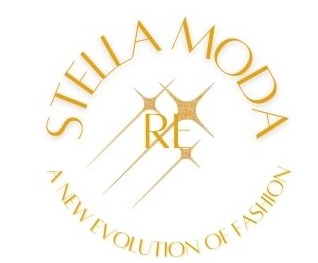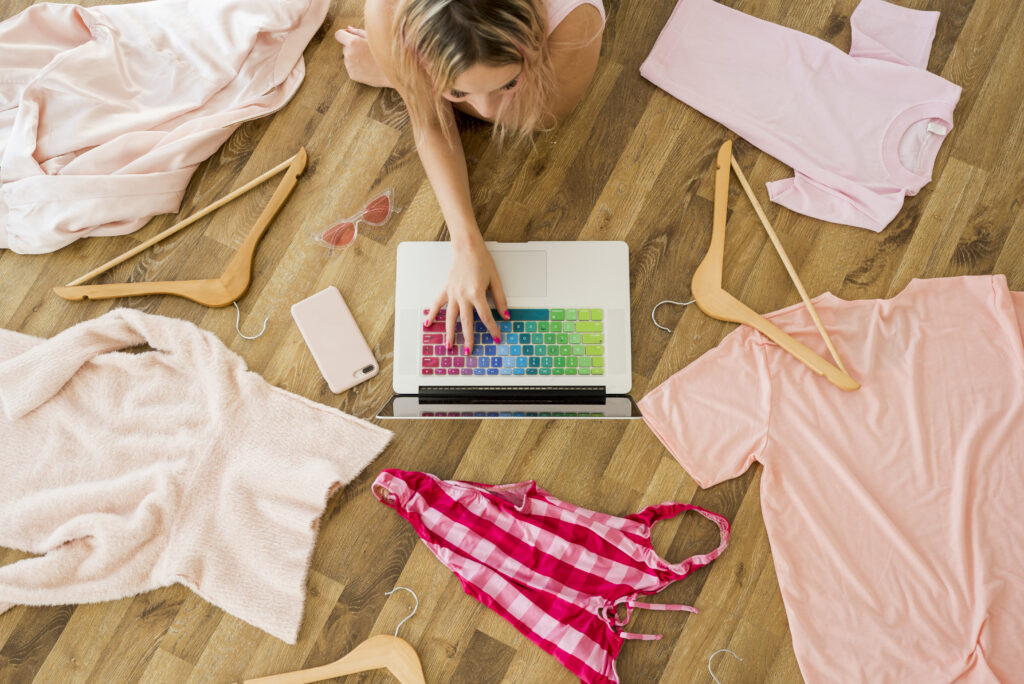
Sustainable Fashion:
In the past few years, eco-friendly and sustainable modern fashion has risen in popularity. Brands use materials that are environmentally friendly and sustainably sourced. Organic cotton or recycled fabrics, and ensure ethical and fair labor practices for their workers. Sustainable modern fashion also includes innovative concepts such as closed-loop systems, which promote the reusing or recycling of materials.
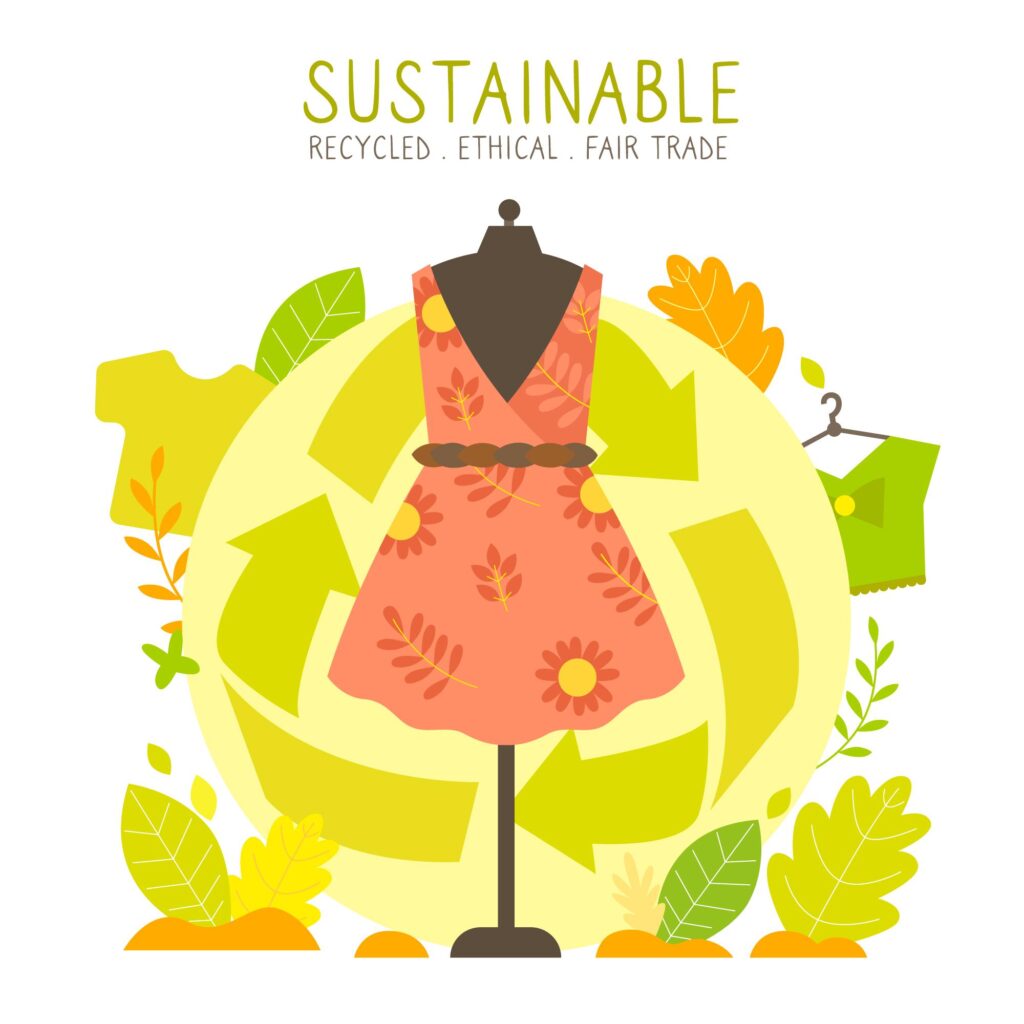

Leading eco-friendly and sustainable fashion brands include renowned names such as Patagonia, Reformation and Everlane. These brands are very transparent about their sustainability policies and highlight their green initiatives on their websites and social media. Promoting their commitment to environmental protection and responsibility via marketing campaigns. Supporting these brands, consumers contribute to the reduction of the fashion industry’s negative impact on the planet. It encourage more companies to adopt sustainable and ethical practices in the production process.
Street Style Inspiration:
Street style modern fashion is more than just a trend it has become ingrained in our cultural landscape. It serves as a reflection of society’s fashion sense and what people feel comfortable wearing. Inception in the early 2000s, street style fashion quickly took over the modern fashion realm as a frontrunner. In setting the latest trends and influencing runway fashion.
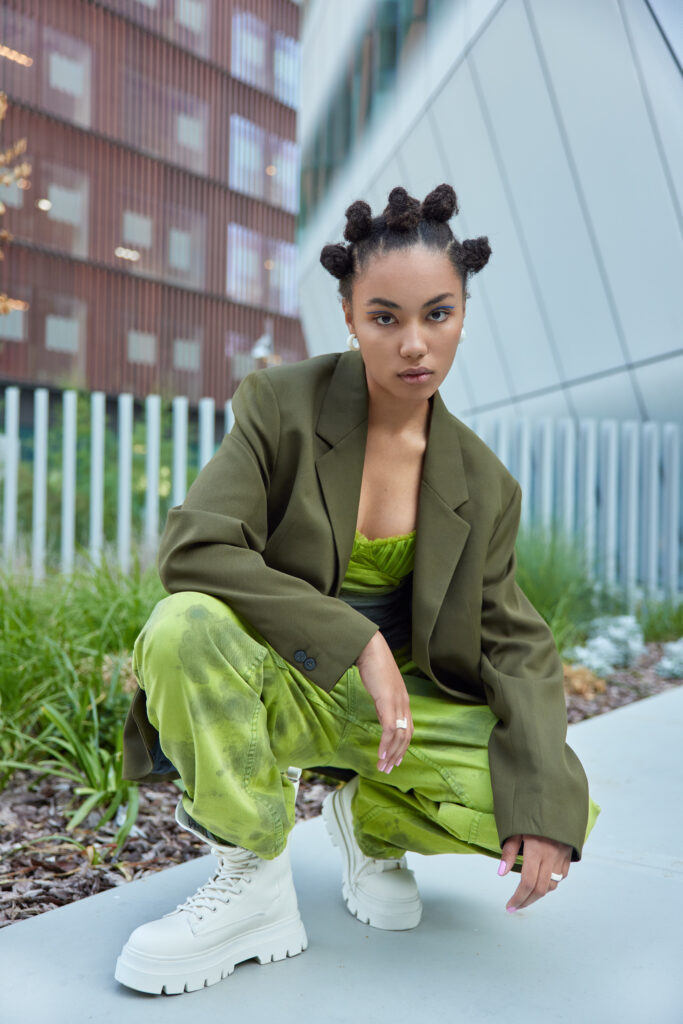

Although the term street style fashion is a global phenomenon, each country boasts its particular flair and inspiration. From Parisian streets, where vintage-inspired looks reign supreme, to the bold and edgy style of Tokyo. The bohemian districts of Mumbai to the minimalism of New York. Street fashion serves as a physical representation of a city’s unique culture.
Moving on to South Korea’s street style, a unique fusion of traditional and modern trends can be seen, featuring oversized pieces, bold colours, and eye-catching accessories. Laid-back coastal culture of Australia is another source of fashion inspiration, with flowing dresses, beachy vibes, and a relaxed atmosphere.
Across the globe, street fashion trends have often been seen to be reflective of the cultural identity and regional sensibilities. Fashion trends have always been a way of expression and a reflection of ongoing popular culture.
DIY Fashion Projects:
Creating custom fashion pieces can be a fun and rewarding process! Here’s a step-by-step guide:
-
- Choose a design: First, decide on the type of fashion piece you want to create and draw a sketch of it.
- Choose fabric: Visit a fabric store and select the fabric type that works best for your design. Consider the texture, color, drape, and durability of the fabric.
- Take measurements: Take accurate measurements of the person who will be wearing the custom piece.
- Cut and sew: Use the sketch and measurements to cut the fabric and begin sewing the garment together. Follow a pattern or create your own.
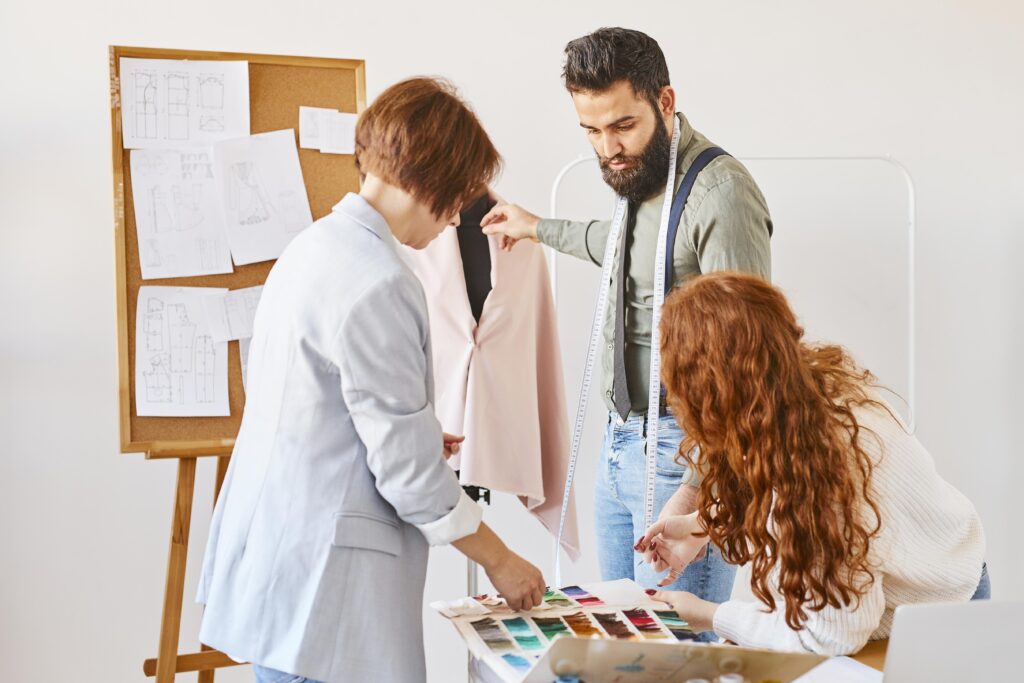

Fashion and Technology:
Over the past few years, the fashion industry has witnessed a remarkable fusion with technology, leading to fresh and innovative trends. Designers no longer rely on traditional methods but are actively using 3D printing and wearable technology to create jaw-dropping fashion products. One of the most talked-about innovations is smart fabrics, which can monitor biometrics and change color according to the mood or the surroundings. These materials have opened doors to fresh possibilities for fashion and added an extra layer of excitement and innovation.
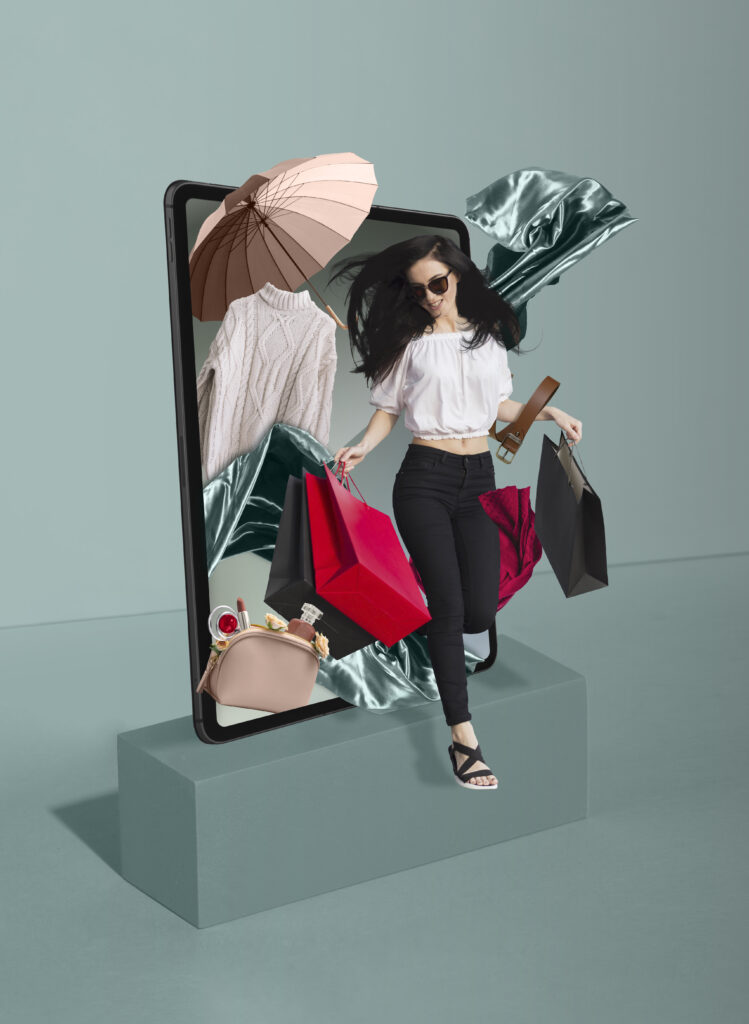

Moreover, digital experiences and innovative materials have made fashion more sustainable and eco-friendly. Designers have started using recycled plastics and biodegradable materials to create new garments, promoting environmental preservation. Thanks to cutting-edge technologies, the fashion industry’s supply chain and retail operations have become more efficient and effective. In fact, fashion enthusiasts can now enjoy a seamless and interactive fashion experience right from their homes. Overall, this intersection of technology and fashion has made the fashion industry more accessible, sustainable, innovative, and interactive while revolutionizing traditional fashion concepts like never before.
Body Positivity and Inclusivity:
Human beings come in an unparalleled array of shapes and sizes, which is referred to as diverse body types. An important aspect that contributes to a healthy and progressive society is the acknowledgement and celebration of these differences in order to promote body positivity. This movement recognizes and embraces the notion that all bodies are worthy of dignity and love, irrespective of their physical appearance. Body positivity encompasses diversity in the size, shape, and musculature of individuals.
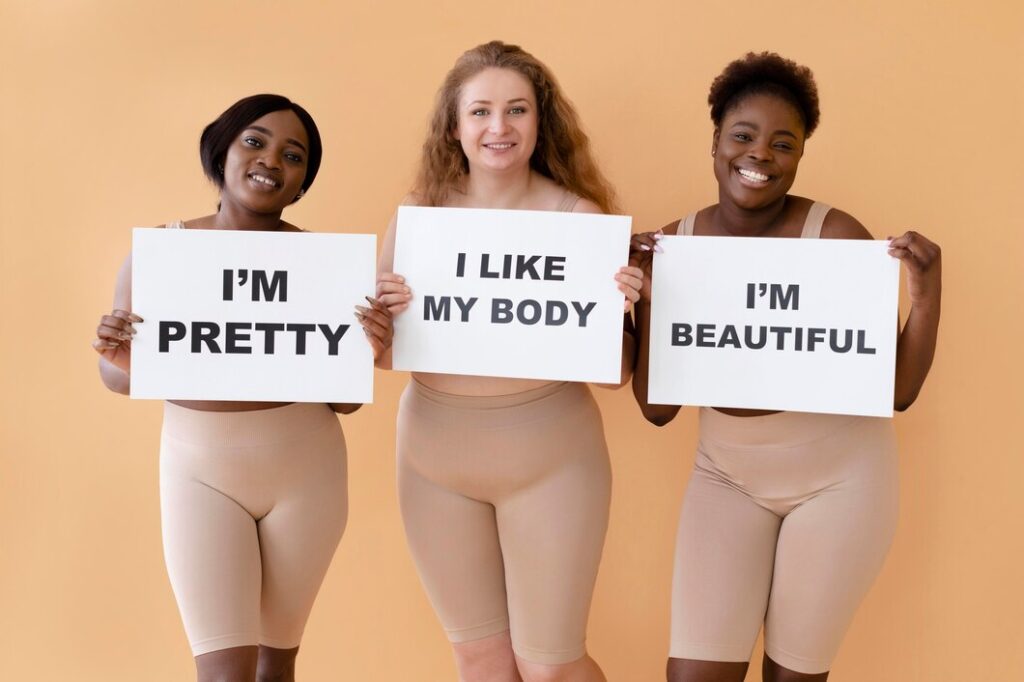

When we encourage a culture of body positivity, it infuses societies with inclusivity and self-love, while combating the harmful messages that the media often perpetuates about unrealistic body standards. By fully embracing diverse body types, we can help individuals feel more confident and comfortable in their own skin. This, in turn, leads to stronger relationship with food, exercise, and self-care, ultimately contributing to a healthier and happier world.
Remember, fashion should be fun and empowering for everyone, regardless of their body shape or size.
Fashion for All Genders:
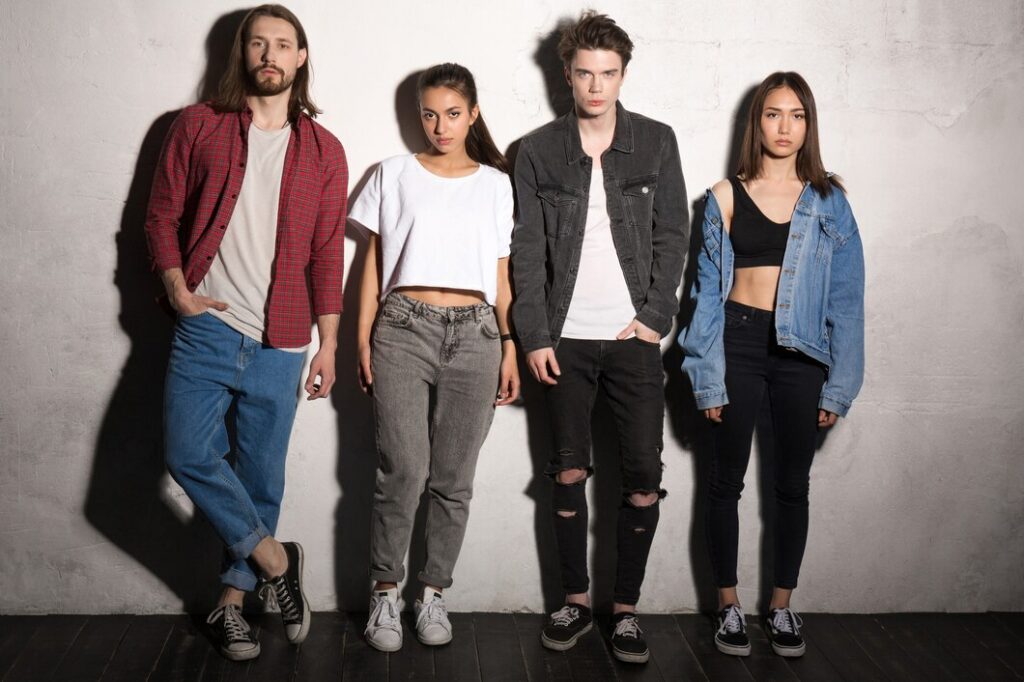
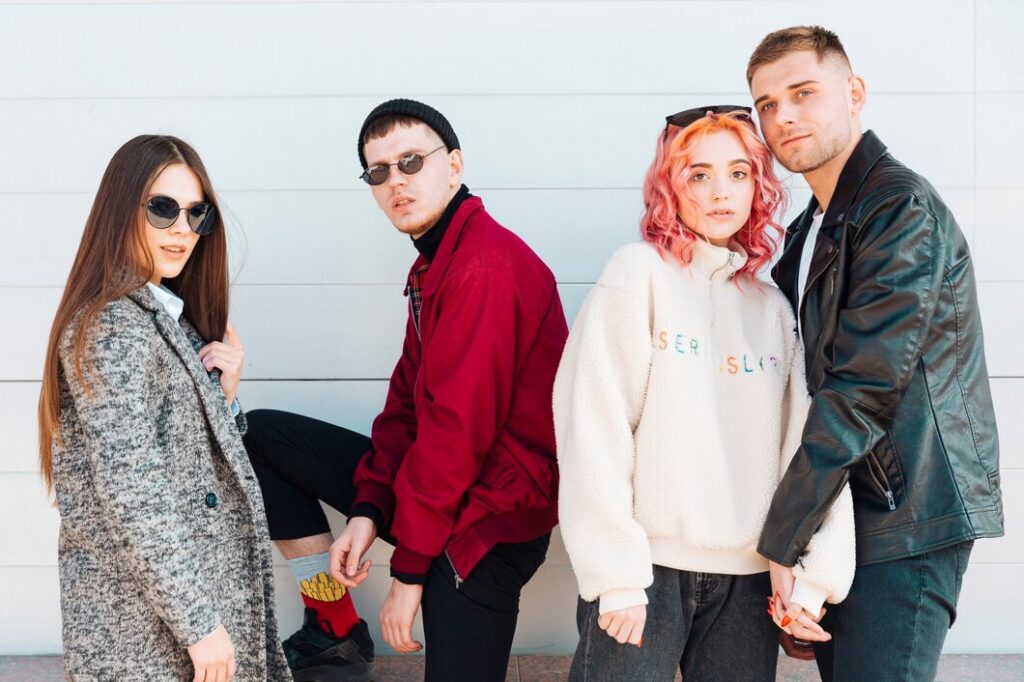
Androgynous and gender-neutral fashion trends have become increasingly popular in recent years. These styles blur the traditional lines between male and female clothing, with a focus on creating pieces that can be worn by anyone. This shift towards genderless clothing is driven by a desire for inclusivity and a rejection of traditional gender roles in fashion. Designers are incorporating unisex silhouettes, neutral colors, and fabrics that flatter all body types. The rise of streetwear has also played a role in popularizing gender-neutral fashion, as the style tends to prioritize comfort and functionality over gendered aesthetics. While some may criticize gender-neutral fashion for being too simple or plain, others see it as a step towards greater equality and acceptance in the fashion industry. As the trend continues to gain momentum, we may see more and more brands shift towards a genderless approach.
Fashion Events and Runway Reviews:
Major fashion events, runway shows, and fashion weeks are popular events in the fashion industry that occur at various intervals throughout the year. These events showcase the latest fashion collections from renowned designers in the industry.
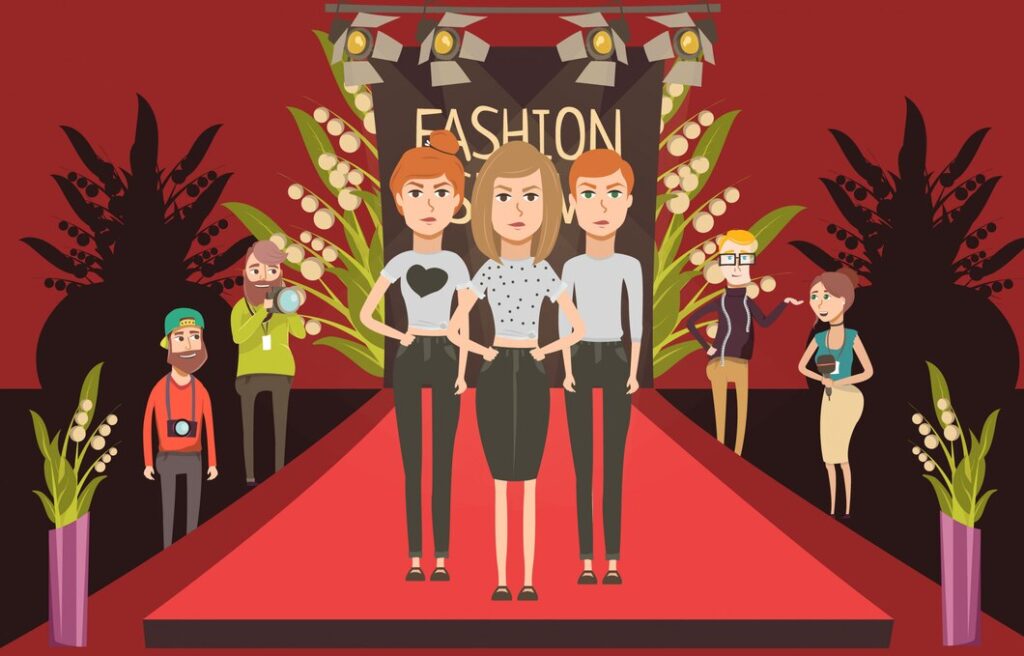

Fashion weeks such as New York, Paris, Milan, and London are among the most recognized fashion events. These fashion weeks take place twice a year and are attended by fashion enthusiasts, buyers, and members of the media from around the world who come to see the latest fashion trends.
Runway shows are a key aspect of these fashion events, allowing designers to showcase their latest collections and designs to the audience. These shows are highly choreographed and theatrical, with music, lighting, and special effects used to create a unique atmosphere.
In conclusion, major fashion events, runway shows, and fashion weeks are essential to the fashion industry and provide a platform for designers to showcase their work and contribute to the growth and development of the fashion industry.
Fashion for Different Occasions:
For weddings, a formal look is ideal. Men should wear suits or tuxedos with a sharp dress shirt, tie, and dress shoes. Women can choose from a variety of elegant dresses, such as a cocktail dress, long gown, or a dressy jumpsuit paired with heels. For parties, you can add a touch of glamour to your outfit. Black or dark colors are always a safe choice. Men can wear a blazer or dress shirt with dress pants or chinos. Women can choose from a range of outfits, such as wrap dresses, jumpsuits or skinny jeans with a statement top. For casual outings, comfortable clothes are a must-have. Men can opt for shorts, t-shirts, or polo shirts, whereas women can wear anything from jeans, leggings, to sundresses. Comfortable shoes such as flats, sandals or sneakers are essential for a relaxed day out.

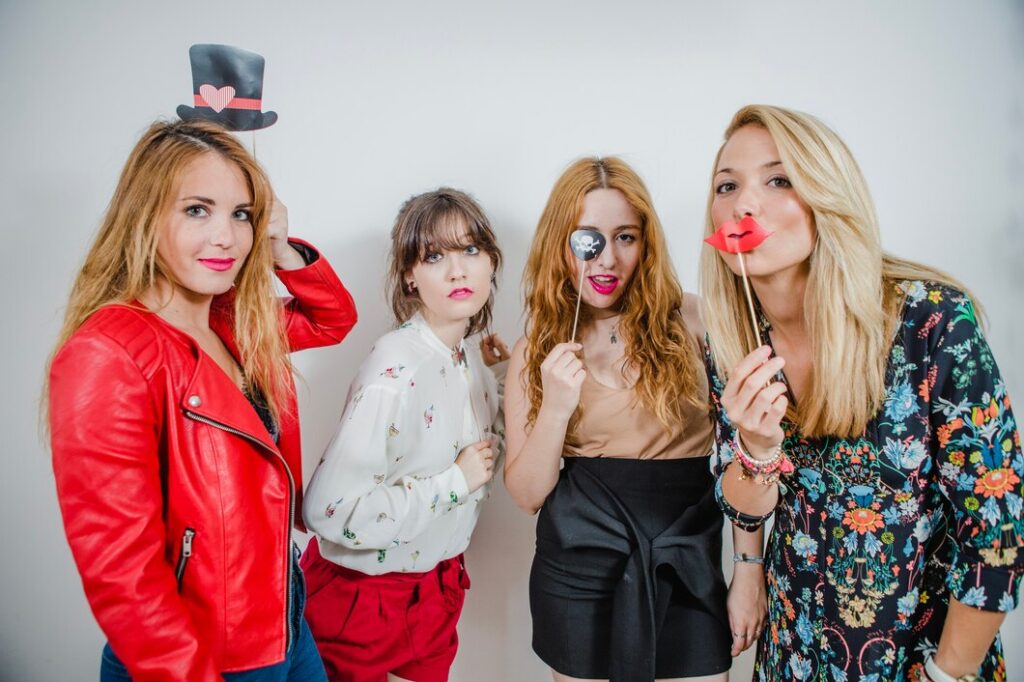
Spring: For the spring season, focus on light and airy fabrics such as linen, cotton, or chambray.
Summer: The summer season calls for bold and bright colors such as coral, turquoise, and yellow. Opt for flowy maxi dresses, cotton shorts, and off-the-shoulder tops.
Fall: During the fall season, incorporate earthy tones such as olive green, burnt orange, and mustard yellow.
Winter: Winter looks should focus on cozy and warm items like wool coats, knit sweaters, and faux fur vests.
Travel and Fashion Fusion:
Fashion is a universal language that allows individuals to express themselves through clothing and accessories. Different cultures around the world have unique fashion styles that reflect their traditions, values, and beliefs. For example, in Japan, the traditional kimono is a long, loose-fitting robe that symbolizes elegance and modesty. In India, sarees are a staple piece of clothing worn by women, featuring intricate patterns and designs.

Travel is a wonderful way to not just explore new places, but also experiment with different fashion styles. Here are some travel-inspired fashion tips and outfits:
-
- Comfortable shoes are a must-have. Opt for sneakers or slip-on shoes that are easy to walk in.
- For a laid-back look, pair distressed denim shorts with a simple t-shirt and comfortable sandals.
- A maxi dress is perfect for exploring a new city on a warm day. Pair it with a sun hat and sunglasses for added style.
Remember, the key to travel-inspired fashion is to aim for comfort and functionality without sacrificing style.
Fashion Psychology:
Clothing can influence both our mood and how others perceive us. Studies have shown that people feel more confident and perform better when they are dressed well, as opposed to when they are sloppily dressed. Clothing can also affect our mood – wearing bright colors can elevate our mood and improve our overall outlook, while wearing dark or drab colors can have the opposite effect.

Clothing can also shape how others perceive us. People tend to form impressions of others based on their appearance, including their clothing. For example, someone dressed in a suit and tie may be perceived as confident and competent, while someone wearing casual attire may be seen as more laid-back or approachable. This can impact everything from job interviews to social interactions. In short, our clothing choices can have a powerful impact on both ourselves and those around us.
Fashion Business and Entrepreneurship:
The modern fashion industry is a fast-paced and constantly evolving environment, driven by consumer demand and trends. While creativity and design are central to the industry, successful modern fashion businesses also require strong business acumen.


Effective marketing strategies, supply chain management, financial planning, and customer service are all vital components of a successful fashion business. Collaboration between designers, manufacturers, and retailers is also essential for the development and distribution of new products.
Sustainability is an increasingly important consideration for the modern fashion industry, as consumers demand ethical and environmentally friendly practices from the brands they support.
Overall, the fashion industry requires a balance of creative vision and business expertise to succeed and remain relevant in a highly competitive market.
